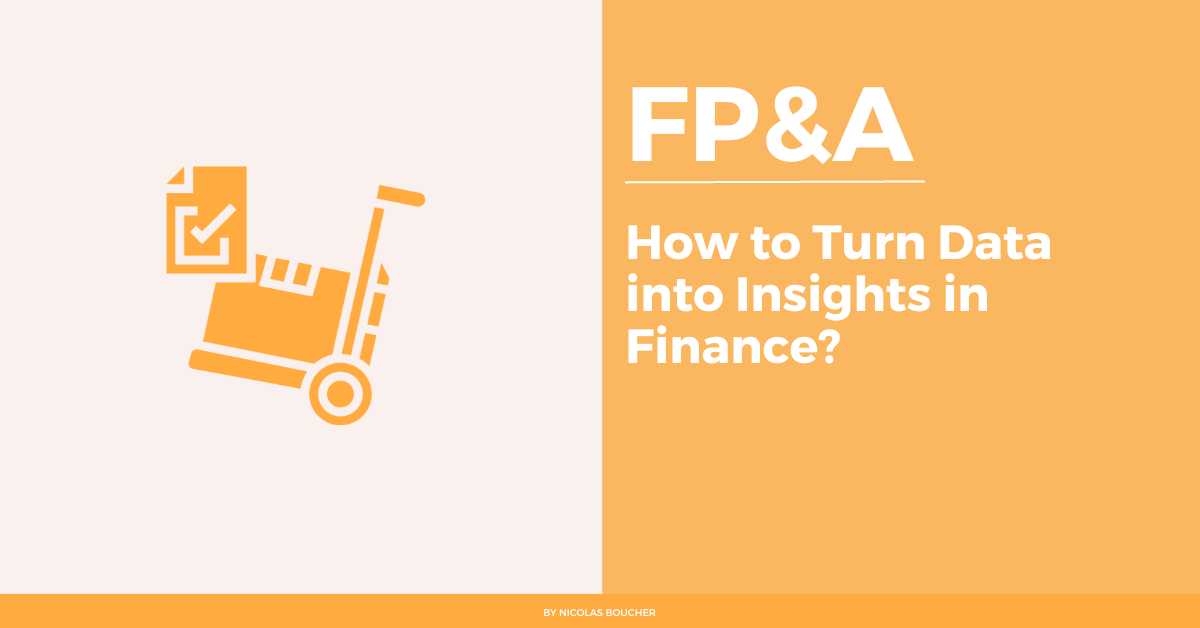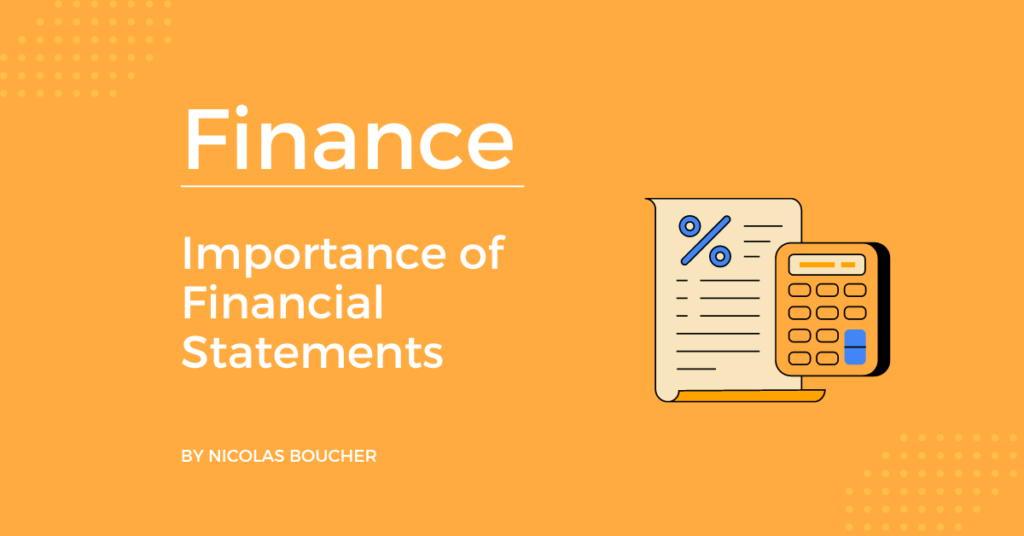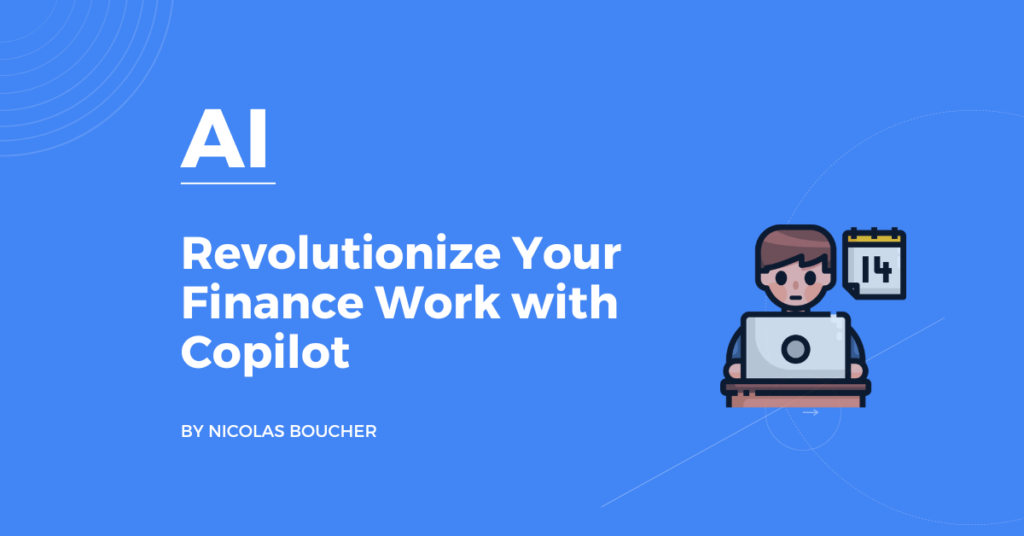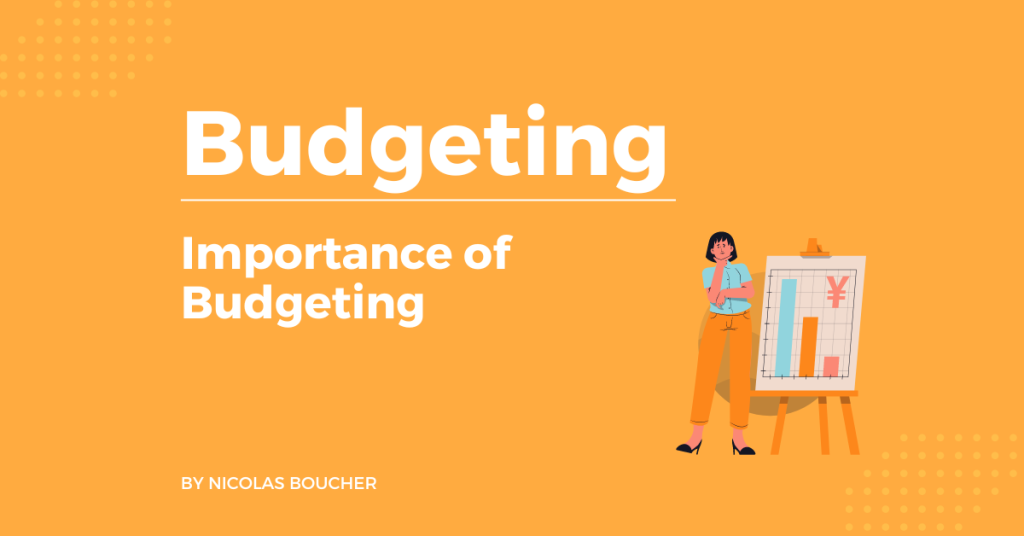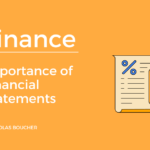A company’s important business decisions and general financial health are supported by a collection of planning, forecasting, budgeting, and analytical activities known as financial planning and analysis (FP&A). Therefore, if you want to improve your FP&A skills, you have come to the right place. Moreover, in order to achieve this, you need to learn how to turn data into insights.
As a result, here are my top five recommendations for learning it.
Table of Contents
#1: Link Financial Data with Non-Financial Data to Easily Turn Data into Insights
To get more value from your financial data, find a common identifier with non-financial information. For example, you can link sales with a sale document where you will get information about the client, the method of distribution, the contract, etc.
Also, you can link the value of one product with its production order to have information about how many hours were spent to make the product, when it was done, how much material was used, etc.
#2: Extend Your Data Analysis to Longer Periods
Usually, people make comparisons over one or two years. But if you extend your analysis over five years, you reduce the effects of one-off events, and you are able to validate trends.
#3: Create Groups of Items to Turn Data into Inisights
Identifying trends if you sell 100s of products to 100s of clients can be tricky. But if you group your items in three to five categories (not more), you will be able to quickly perform a Pareto analysis (80/20) and make more sense of the detailed data.
#4: Use Visualizations to Turn Data into Insights
Comparing figures is not the simplest exercise; our brains are not really good with it when we start having more than 3 data points to compare. But if you convert the data into a graph, you can easily spot trends and outliers.
Even better, you can compare two sets of data if you use a secondary axis. For example, comparing revenue with number of store visits.
#5: Ask your Operational Business Partner for Hints
Use your network and ask around about the issues people are having. Additionally, ask questions that are frequently asked but never addressed since no one attempted to do a proper analysis.
Furthermore, get advice from your operational business partner on where to look at to find insights. Often, with their experience and their non-financial background, they will have topics in mind which are worth investigating.
If you combine hints from two different departments, you may identify something that was in the front of the eyes of everybody, but was unavailable due to siloed organizations.
The Bottom Line – The Importance of Having Good FP&A Skills
Businesses are increasingly turning to FP&A as a reliable source of direction and assistance. Therefore, expect FP&A solutions to advance as firms grow more competitive and complicated to address new problems.
Finally, this is just one part of my course to help finance professionals become more valuable.
If you look for some help, you can read here more about my course.

